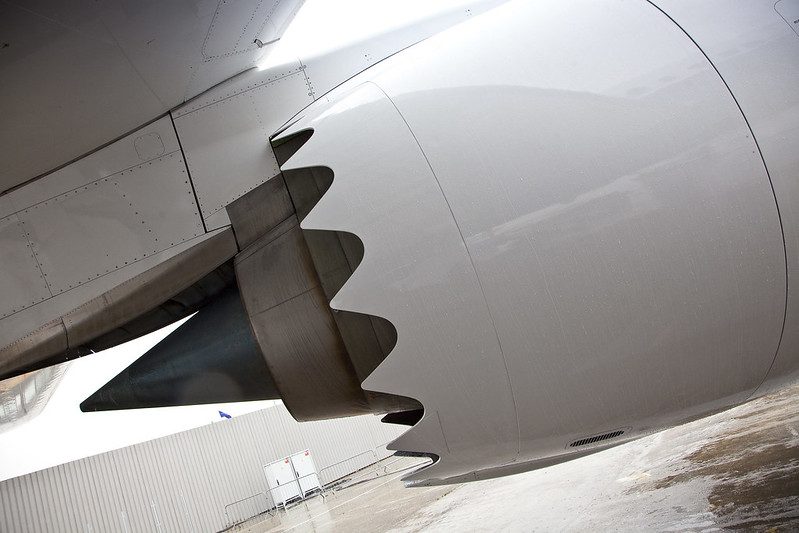
14151013407 07cc759bd0 c
A combination of strong results, a progressive recovery of air travel, and the benefits of strict cost reduction programs have helped Rolls-Royce to report its first net profit since 2019. The UK-based engine and power systems maker reported a £147 million net profit for the first six months of 2021, compared to a £3.326 billion loss last year. Rolls-Royce recovers as flying goes up.
The operating result improved to a £307 million profit from a £1.630 billion loss last year. Group revenues were down by two percent to £5.227 billion from £5.410 billion. Good performance at Defence and order intake at Power Systems, in particular, helped produce this result. Free cash flow improved to £-1.174 billion from £-2.862 billion.
Civil Aerospace has had to come a long way. Not only has the business unit been hurt by the effects of the pandemic, but additional costs on updates for the Trent 1000 resulted in recent losses and charges. A recovery is noticeable in the first six months, which produced a £39 million profit compared to a £1.816 billion loss last year. At £2.168 billion, revenues were down over last year’s £2.516 billion.
The improvements have two reasons. The first is the progressive recovery of air travel, which has translated in engine flying hours long-term service agreements for large civil engines recovering from 34 to 43 percent year on year compared to 2019 levels. Large engines used on aircraft on domestic services and business aviation engines have even fully recovered, but international traffic is lagging behind. The recovery translates in 284 shop visits for large engines, including 92 major overhauls. It delivered 100 Trents and 48 business engines. CEO Warren East has seen no new trends in the retirements of older aircraft. While the position of the Trent 900 is weak as many A380s have been parked, he is optimistic that most Trent 700s on parked A330s will eventually return to service.
The second reason is that the deep restructuring programs that were launched in 2019 have been showing benefits. Around 8.000 roles have been removed out of 9.000 targeted for 2022, or 30 percent at Civil Aerospace. This has reduced structural costs by £1 billion, with £1.3 billion planned by the end of next year. The consolidation of sites has continued from eleven to six, with the last Trent having been completed in Singapore.
Rolls-Royce continues its disposal program. It confirmed on August 4 that it is in exclusive discussions with Bain Capital about a potential sale of its subsidiary ITP Aero, which has been on sale for some time. If successful, it would mean another aviation purchase of Bain, which last year bought Virgin Australia and took a 16.6 percent share in Icelandair last month. Rolls also will sell its Bergen Engines liquid fuel and gas engines business in Norway. Proceeds of all sales campaigns are expected to raise at least £2.0 billion in proceeds, although CFO Panos Kakoullis expects completion to take up to eighteen months.
A strong liquidity position of £7.5 billion gives Rolls-Royce the confidence that its position is strong enough to withstand any headwinds. Although it has no debt maturities until 2024, Kakoullis intends to reduce the £3.1 billion in debt. That is too high to his liking, so Rolls will take initiatives to lower its debt position.
Rolls-Royce expects to return to cash flow positive somewhere during the second half of the year and FCF of at least £750 million is still achievable. The target is to improve full-year free cash outflow to £2.0 billion from £4.2 billion last year. The guidance depends on the further recovery of engine flying hours to some 80 percent of 2019 levels and the lower cost base at Civil Aerospace.
Views: 0



